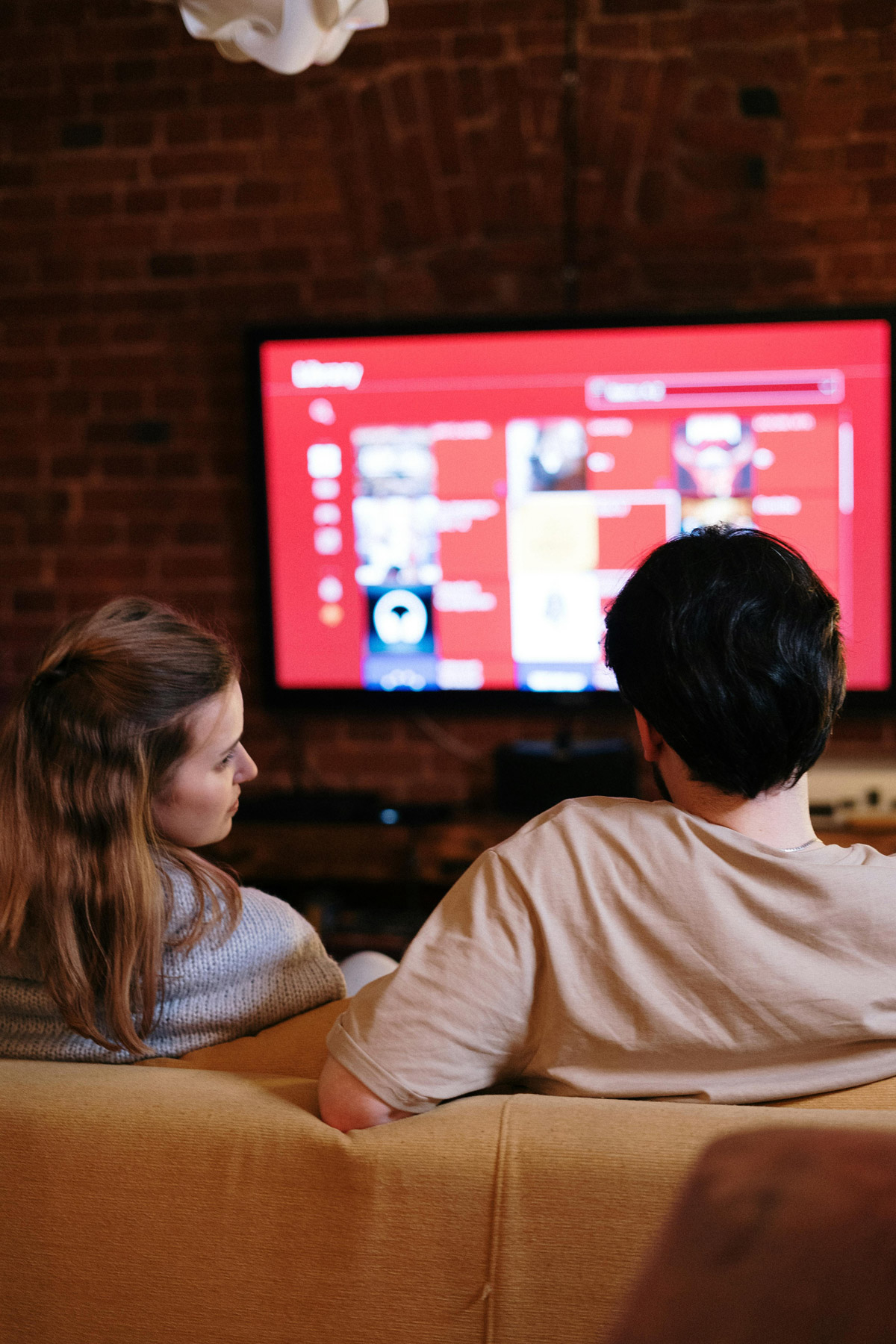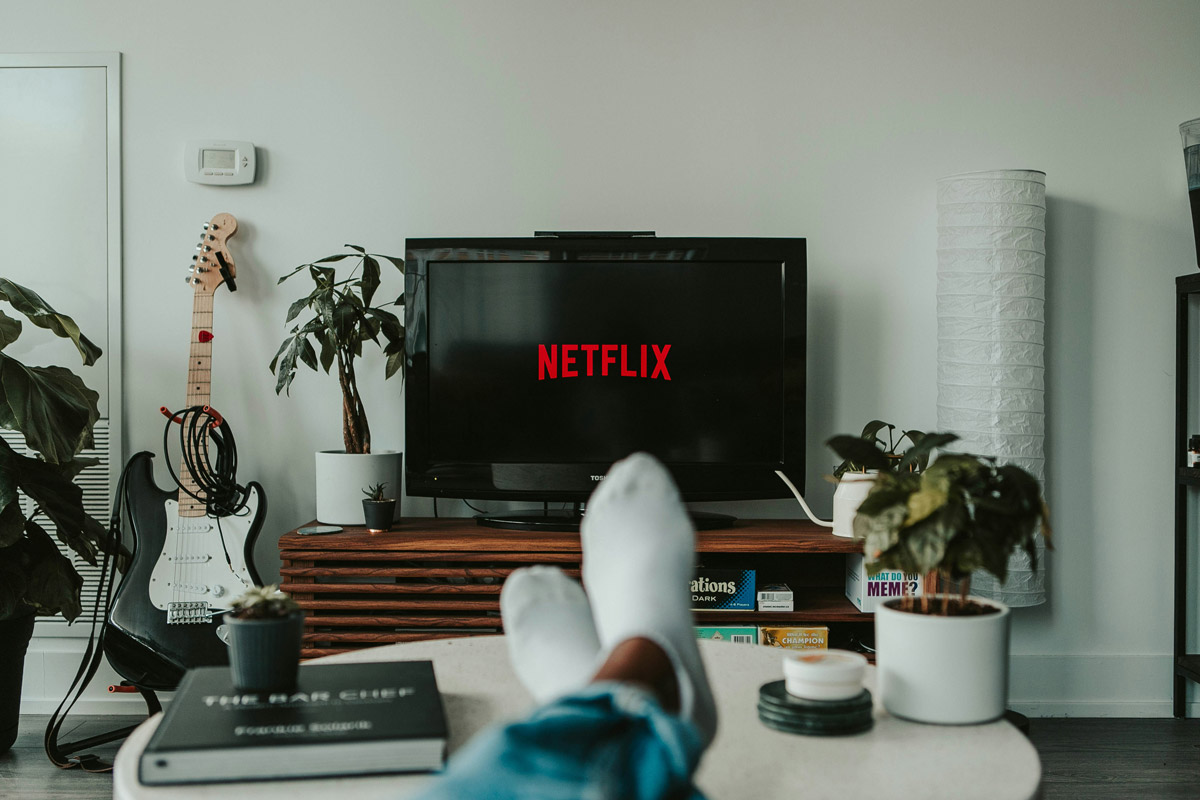ARTICLE AD

Remember when Trainspotting (the movie) came out in the nineties, and they poked fun at their own thick Scottish dialects by having English subtitles for a scene in… English? Well Danny Boyle was on to something those 30 odd years ago. More people are using subtitles while watching shows in their primary language, so say the results of a 2023 YouGov poll in the US. 40% of people polled said they use subtitles this way, and of that group the majority were young people. And the benefits are clear: it’s helpful for the deaf and hard of hearing, for understanding accents, and for overall comprehension of what’s going on onscreen.
Your own language in another accent can be hard to understand: Yet even shows produced in English in other countries, like the UK and Australia, can become a little thick for an American ear trying to sort out the idiomatic quirks and other differences. If you paused a few times to catch lines in Netflix’s “Baby Reindeer,” “Peaky Blinders” or “Bodkin,” or Paramount+’s “Sexy Beast,” rest assured, you are not alone.
The stats on subtitles: Perhaps that’s one reason why data indicate more people — especially young adults, who are more prone to second-screen viewing and multitasking — are watching shows in their primary language with the subtitles on. According to a 2023 survey by YouGov, nearly 40% of US respondents preferred having the subtitles on when watching TV in a language they speak, with those under 30 employing that practice by a better than two-to-one margin compared to those age 45 to 64. The survey found that those using subtitles cite two primary factors in equal measure: Subtitles enhance their comprehension, and they help them understand accents.
Netflix is meeting the moment: The service has increased the number of films and series that support audio descriptions (AD) and subtitles for the deaf and hard of hearing (SDH). Kathy Rokni, Netflix’s senior director of globalization, said the service employs an in-house team of “subtitling experts and language managers,” designed to enhance the viewing experience while remaining faithful to the filmmakers’ intentions. “We believe great stories transcend borders, cultures, abilities, and languages,” Rokni said via email, noting that 40% of viewing hours on Netflix now happen with subtitles, including SDH, over half of which involves members employing subtitles in their primary language.
Sampling international selections: Certainly, it’s a long way back to 1979, when the Australian movie “Mad Max” was dubbed into American English because the distributor feared Americans wouldn’t be able to understand the Aussie accents. … By contrast, it’s notable today that a wider variety of imports, either in English or other languages, are organically finding success with little advance fanfare and promotion, as “Baby Reindeer” and before that “Squid Game” did. The trend suggests viewers are actively sampling internationally produced material as they seek (and often stumble upon) options via streaming platforms.
I was really pleasantly surprised by the numbers tipping in favor so much towards young people. My sincerest apologies, Gen Z, for presuming all of you would be on your phones while watching Baby Reindeer. As for subtitles enhancing comprehension, that rang a bell for me. Many moons ago I watched the arty documentary film Six By Sondheim on Max, the artist formerly known as HBO. There was one comment made by the prolific composer-lyricist that really struck me. I’m not finding a transcript, so I’ll have to paraphrase but it essentially was this: “The human ear can only hear so much,” meaning, there’s a limit to what a person can absorb aurally, alone. (And that’s from a man who often packed a lot of words into his songs!) I feel like that’s the same point as what’s being illustrated in this reporting. Yes, you can follow a movie by watching and listening; but the additional act of reading the dialogue and action has a deepening effect. It makes you a less passive, more active viewer. Plus it can eliminate a potentially awkward situation from mis-hearing key lines. Reading — it works!
Photos credit: Mollie Sivaram on Unsplash, Cottonbro, Kampus and Ketut Subiyanto on Pexels

 3 months ago
25
3 months ago
25 




